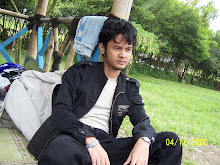



Northern:
Dairi (southwest of Lake Toba
around Sidikalang)
Karo (west and northwest of Lake
Toba)
Alas-Kluet (northeast of Tapaktuan
and around Kutacane)
Simalungan:
Simalungun (northeast of Lake Toba)
Southern:
Angkola (Sipirok area)
Toba (Samosir Island and east,
south and west of Lake Toba)
Mandailing (northwest coast)
Of these, Angkola and, more widely, Mandailing approaches the status of general Batak.
Most Bataks speak the national language, Indonesian, as well, and this language variously influences the Batak languages. Batak languages are used as foreign languages by some local speakers of Indonesian and Chinese languages.
Traditionally, the Batak languages are written with several closely related varieties of the Batak script, which, like most scripts of the Philippines, is derived from the Brahmi-based Pallava script of Southern India. Though Batak script tradition is being continued by some, these days the tendency is to use the Roman script and to generally follow the spelling system used for Indonesian.
Much outsider’s pioneering work on and with Batak languages has been done by the Lutheran missionary Ludwig Ingwer Nommensen (1834–1918) who grew up in predominantly North-Frisian- and Low-Saxon-speaking Schleswig-Holstein, then under Danish administration, now under German administration. Today’s predominantly Lutheran Batak people consider him a “holy person” (ompu i).

